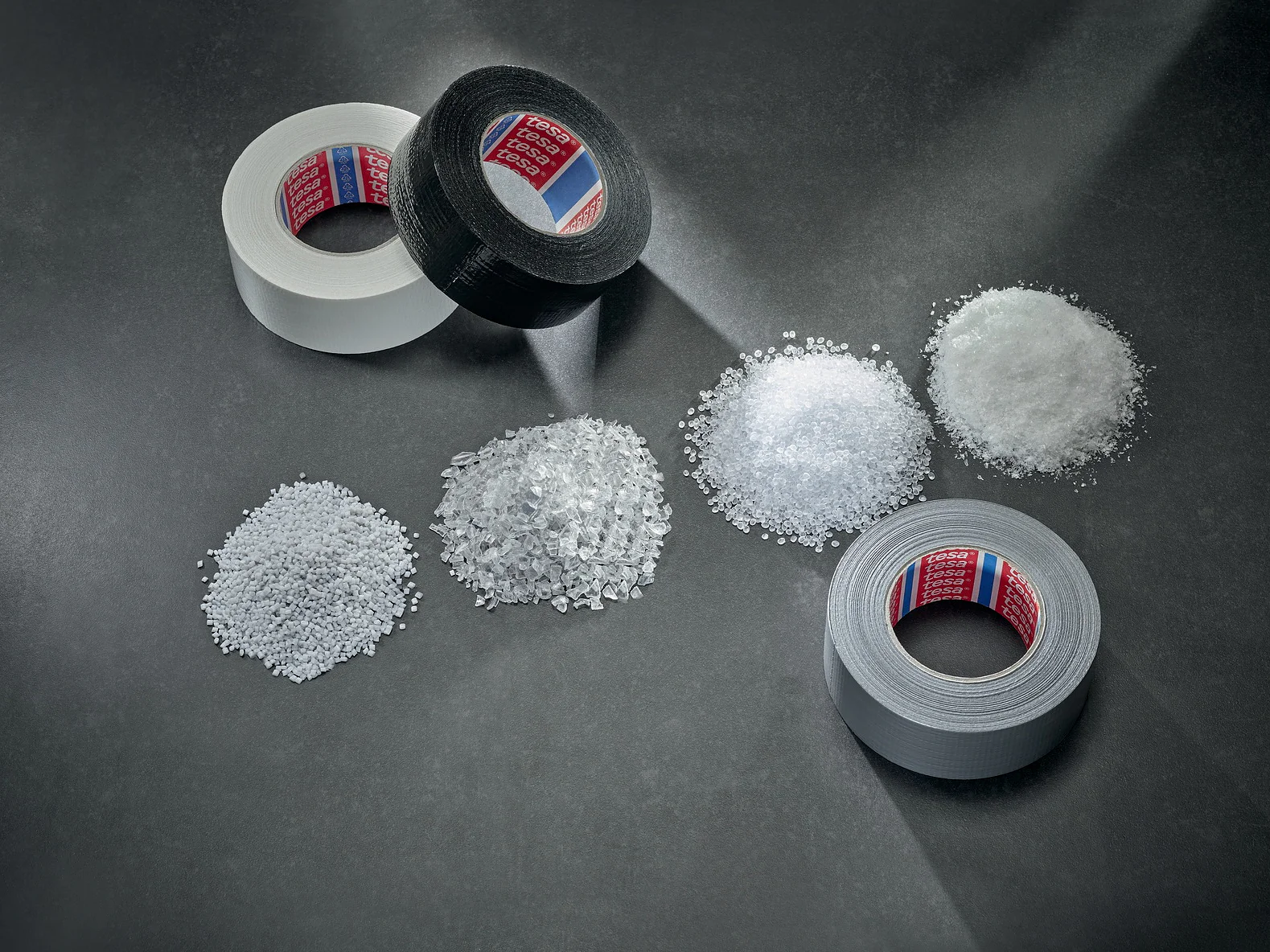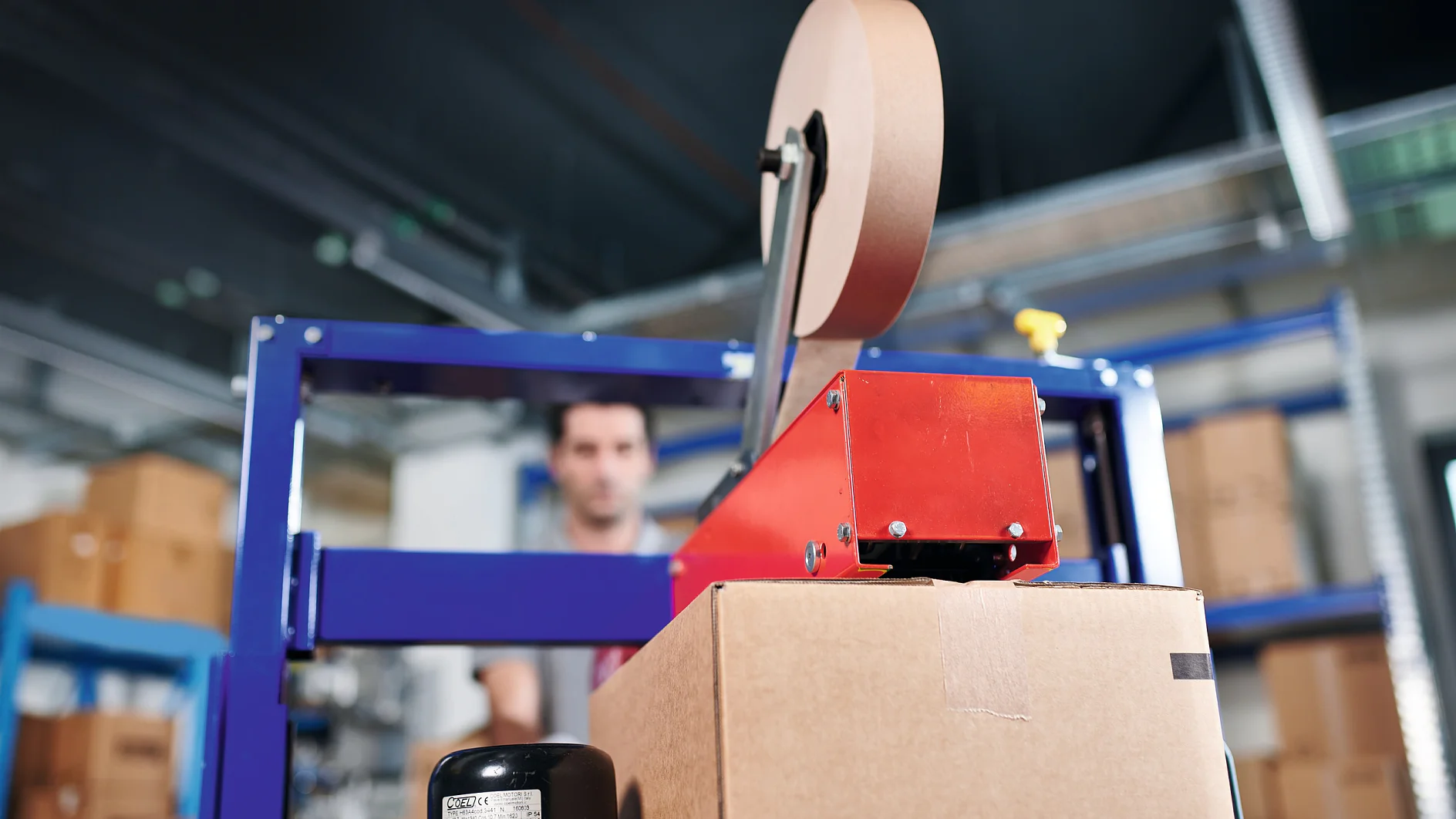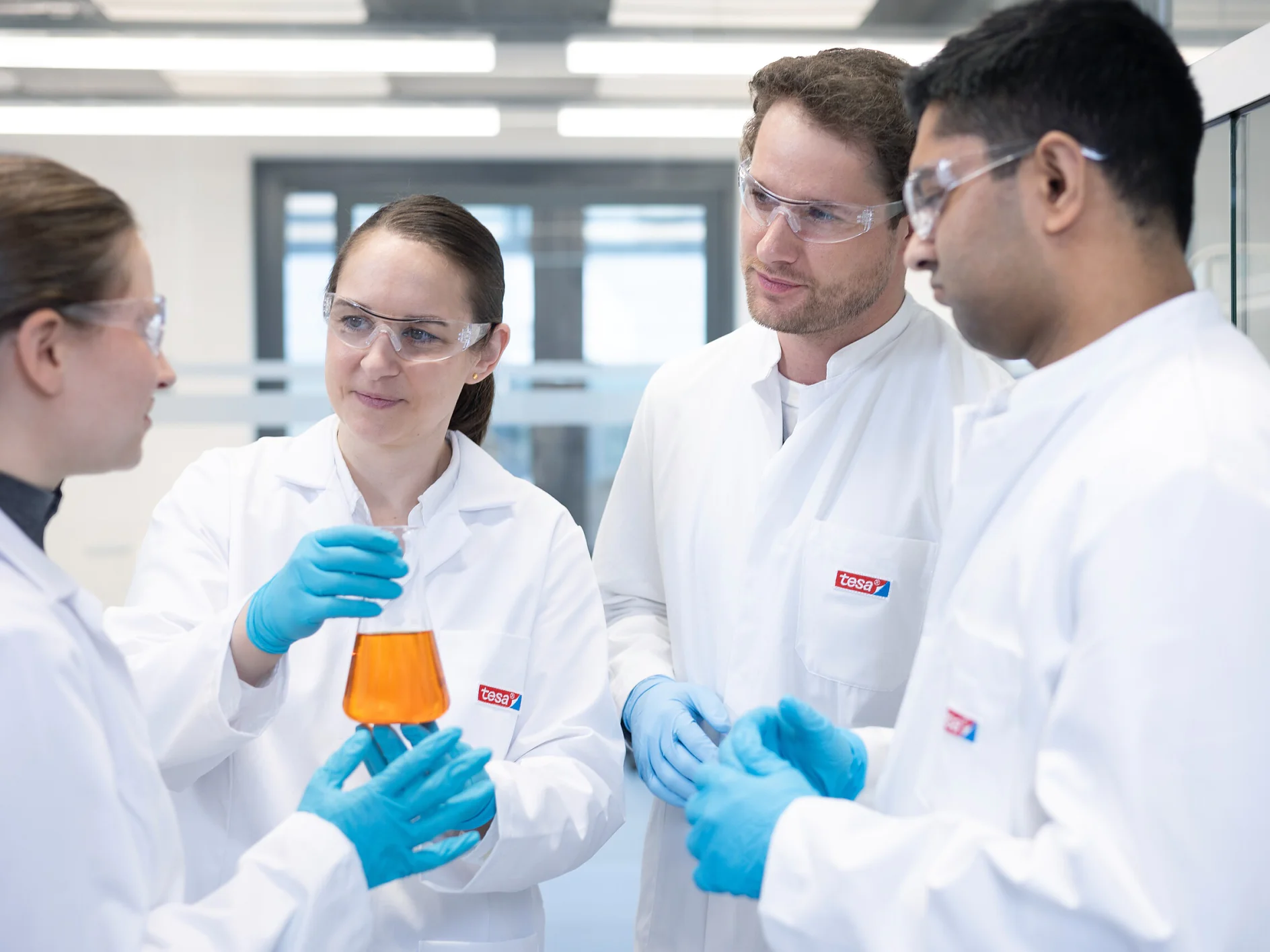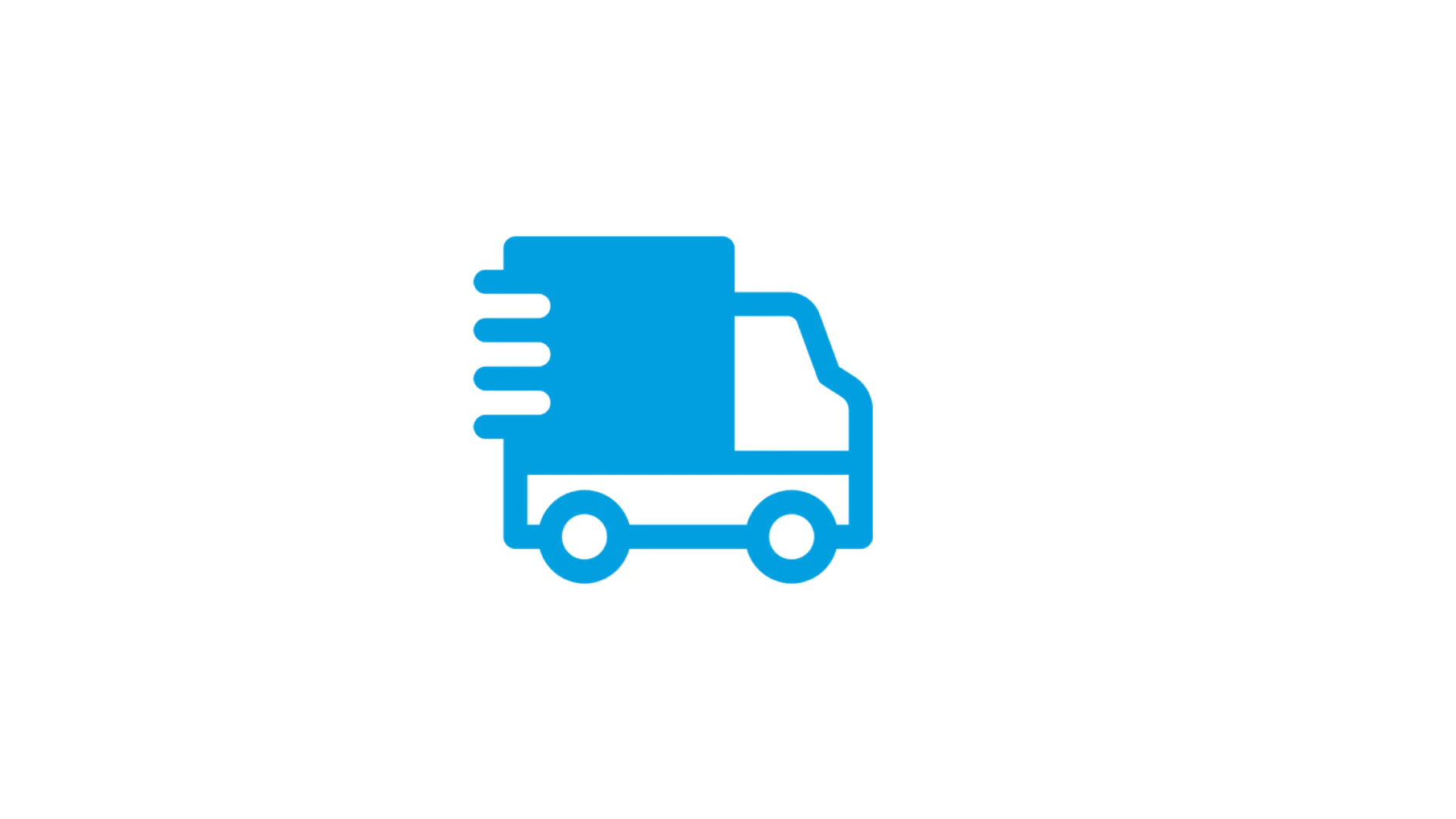

Our commitment to sustainability: developing biodegradable tape
Seemingly small changes can be drivers of huge impact. Our commitment to sustainability (opens in a new window or tab) is just this. Through engineering our tapes made with recycled and bio-based materials (opens in a new window or tab), as well as our reduction in emissions (opens in a new window or tab) and use of renewable energy, we're helping you improve your sustainability scores. Part of our sustainability agenda is to develop biodegradable tape.
As part of our roadmap we are actively researching possibilities to develop compostable and biodegradable tapes. While we’re still in the research phase of this, we’d like to bring you up to speed on our approach and our vision for the future.
Read on to find out about our process and plan to accelerate sustainability in industrial and consumer markets.
What is biodegradable tape?
Biodegradable tape is developed using bio-based materials, natural polymers, or compostable carrier systems. The materials break down naturally through biological processes. They are engineered to reduce long-term waste, feeding into our circular material strategies. (opens in a new window or tab)
Through developing biodegradable tape, we will pass on our sustainability efforts to you. Whether you're in packaging, automotive or electronics, we want to support your zero-waste goals.
Using biomass balance materials for tesa 4965® Original Next Gen saved 1,400 tons of CO₂ in 2024 – equal to the emissions of 880 cars.
Biodegradable tape and adhesives: our future vision
Although biodegradable tape is not yet in our portfolio, it is very much on our R&D radar for the future. Our sustainability commitments encourage continuous innovation in developing materials with a lower environmental impact.
Our long-term strategic goal is to use 100% sustainable raw materials. This is something we are keen to monitor and share details on for transparency. As it stands, in 2024, 25% of the materials we used (opens in a new window or tab) in our products and packaging were either recycled or biobased, with a goal of 70% by 2030.
How sustainable adhesives are setting the foundation for industrial biodegradable tape

GOEPEL+WARNECKE
Through adapting our production methods as well as the materials we use, we’re significantly reducing our CO₂ emissions. We perform many different quality assurance tests on all of our products. Testing strength and durability is just one area we look at to make sure that our sustainable methods and materials do not impact our quality or usage.
We ramped up our efforts to increase our use of recycled materials in 2024. In particular, our more sustainable duct tapes like tesa® 60462 are a brilliant example of how a few small changes our end can impact wider industries. More than 60% of the backing material is made from recycled household waste (opens in a new window or tab)! These are the kinds of changes that will, in turn, impact your sustainability rankings.
Products such as tesa® Bond & Detach can be easily removed without leaving residue behind. This means our customers in the electronics industry are able to recycle components (opens in a new window or tab) that would otherwise go into landfills.
Let’s develop more sustainable tape technologies together!
User input is crucial in product development. We actively encourage our clients to work with us to help create useful solutions to industrial challenges. After all, no one understands your industry and its pitfalls quite as well as you do.
If you’d like to get involved in our tesa® Alliance Partner program (opens in a new window or tab), we’d love to hear from you. Here are just a few of the benefits of joining:
Working towards biodegradable tape and adhesive innovation
We’ve only got one planet, so it’s crucial that we all do our bit and work together to protect it. As an international company serving many brilliant firms across industries, we are committed to driving change (opens in a new window or tab) for the benefit of all. You can rest easy knowing that when you choose our products with the sustainability marker on, you are making a conscious choice that is backed by science. While biodegradable tape isn’t yet part of our offering, it is something we’re passionate about bringing to market.
Chemistry will be one of the solutions for sustainability… We have a big challenge and a huge opportunity to develop something smarter, with a better carbon footprint, high performance solutions that have improved recyclability and circularity. We turn challenges into opportunities.









